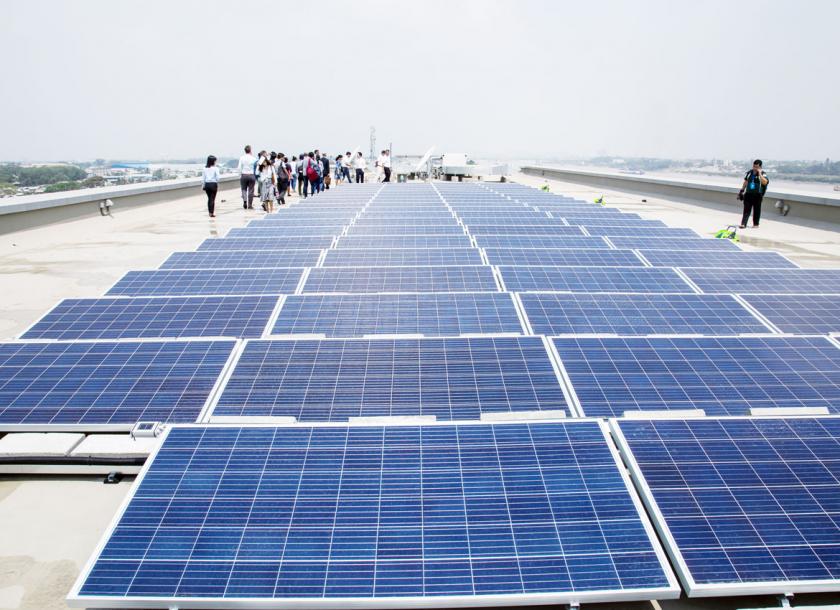Myanmar launches the first commercial solar plant in June 2019 and has completed the first stage of construction. Each of the three stages will add up 40 megawatts (MW) while the fourth and last stage will add 50MW. It will ultimately be ASEAN’s largest solar power plant according to The ASEAN Post. The plant covers 836 acres of land (i.e. the equivalent of more than 500 football pitches). The plant will have a capacity of 170 MW and could electrify up to 210,000 households in the region. The government is racing against a booming demand for energy. It has recently reiterated its commitment to provide electricity coverage to 100 percent of the population by 2030. Myanmar currently produces between 2.9 gigawatts (GW) and 3.1 GW according to official estimates. Supply barely meets the needs of 44 percent of the 55 million population. Furthermore, the June 2019 World Bank’s figures point out that the average national energy consumption will grow at an annual rate of 11 percent until 2030. The international economic institution estimates that the peak demand will reach 12.6 GW by 2030.
The flip side is that Myanmar should invest twice as much as the current level in order to meet the demand of up to USD 2 billion (MMK 3.014 trillion) (World Bank, 2019). Regular blackouts and unfulfilled electricity requirements raise concerns about international investors. In addition to LNG and hydropower, authorities praise solar power for its low environmental impact and low maintenance costs. Solar energy also significantly bolsters national technological development and Myanmar appears to have ‘an incredible potential for solar energy’ according to the International Growth Center (IGC) from LSE.


